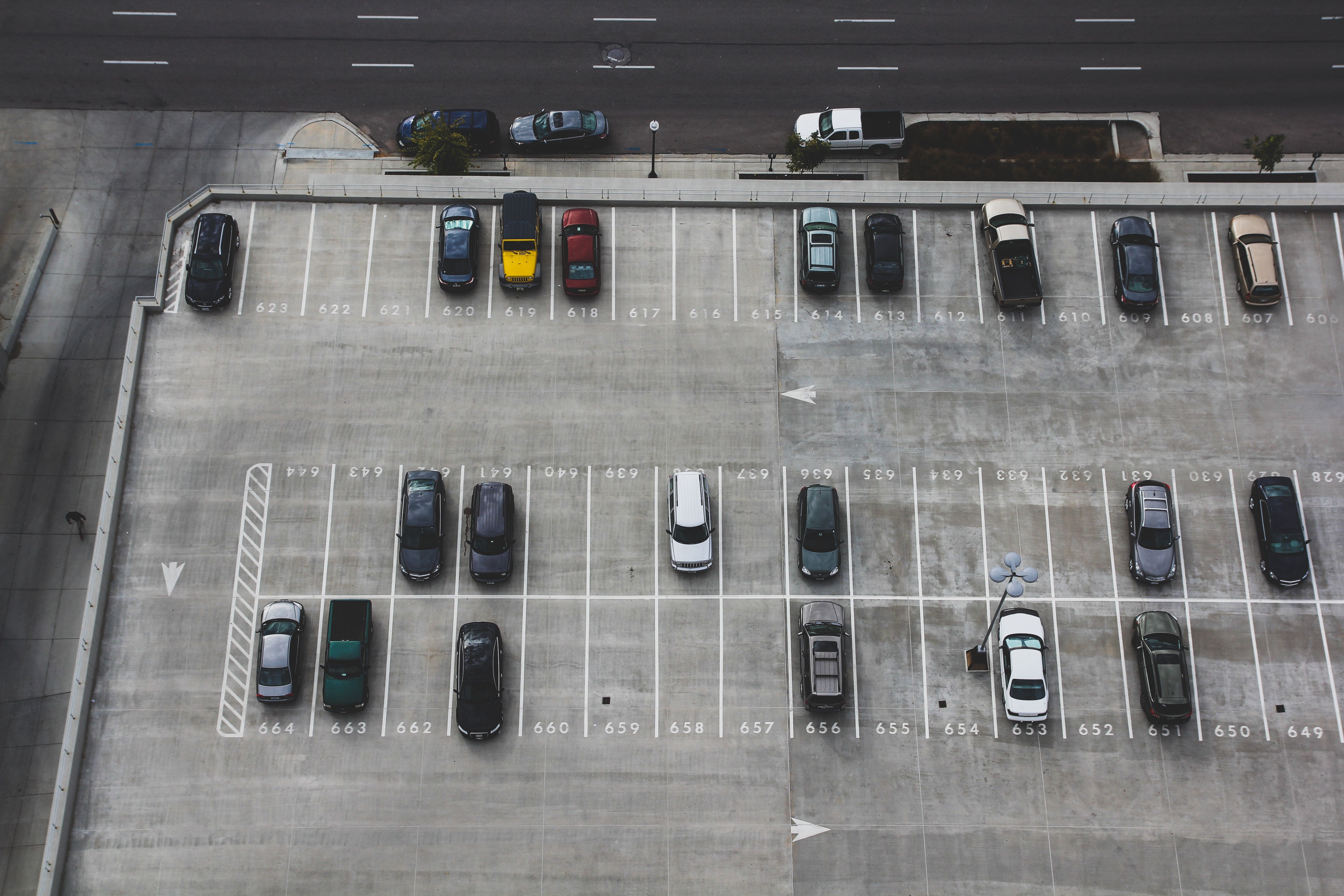Laser technology promises self-driving cars
You’re probably already familiar with Park Assist technology if you’ve bought, driven, or been a passenger in a reasonably new car. Not all cars have it, but don’t be fooled into thinking that the ones that do are all luxurious, high-spec, and unaffordable. For example, the Peugeot 208 boasts a steering management Park Assist feature which enables the car to parallel park for you, and all that is required is that you work the pedals.
Other, more ubiquitous features such as cruise control, have been around for years. In fact, cruise control was first introduced in the Imperial Chrysler model in 1955, over 60 years ago. Any system in which a driver can have complete trust in the machinery of their car is astounding, however, new laser technology has given rise to possibly the most unbelievable and futuristic yet.
Cruise control was first introduced in the Imperial Chrysler model in 1955
A team of scientists and engineers from Stanford University have developed a method of detecting objects that aren’t yet in a camera’s direct line of sight. The process focuses on how scattered light from a laser source can be reflected from surrounding objects that aren’t yet detectable directly by the camera itself. The reflection of scattered light is detected at different times and angles depending on the shape and material of the object in question. Using this data, an imagery profile can be built, and a decision can be made by the vehicle to, for example, decelerate or switch lanes to avoid contact.
This technique of photon detection could provide self-driving cars with the ability to detect potential hazards and analyse them more quickly, and more reliably, than humans. In any scenario, algorithmic accuracy is incomparably greater than that of a human’s sensory and motor process. But, more so than accuracy, this new technology exceeds any human ability by the fact it can use this detection process in 360 degrees. Humans, as a binocular species, have an exceptionally narrow field of view. This means we can only actually take in a minute fragment of our environment, unlike laser technology, which could spot hazards approaching from all directions simultaneously and significantly reduce the risk of collision.
This technique of photon detection could provide self-driving cars with the ability to detect potential hazards
Before you get too excited, this technique still requires an intermediate algorithm to be created which can reduce the time it takes for detection. In current testing, the scanning process can take anywhere from minutes to hours to calibrate; useless in a real-time scenario.
However, somebody is already ahead of the game. Yes, you guessed it, none other than Elon Musk- CEO of Tesla. Every vehicle now produced in the Tesla factory has built in software that can drive at a safety level double that of a human driver. This is all thanks to the ultrasonic sensors, radar system, and 8 surrounding cameras on each model which extend as far as 250m.
This technique still requires an intermediate algorithm to be created which can reduce the time it takes for detection
Other than struggling to find a spare £70,000 in your bank account, there’s another factor that might stop you from driving around in one of these batmobiles. Legalisation. New legalisation involving insurance of self-driving cars was only introduced in February 2017. There are many countries and states in which automated driving is still against the law, and so it is likely to take a while before such vehicles are common enough to lower the prices to an affordable price for most consumers.
Nevertheless, the concept of self-driving vehicles remains an exciting idea that highlights the exponential evolution in the motor industry. Could we soon be saved of the torture of all that hazard perception clicking in our theory tests forever more?

Comments